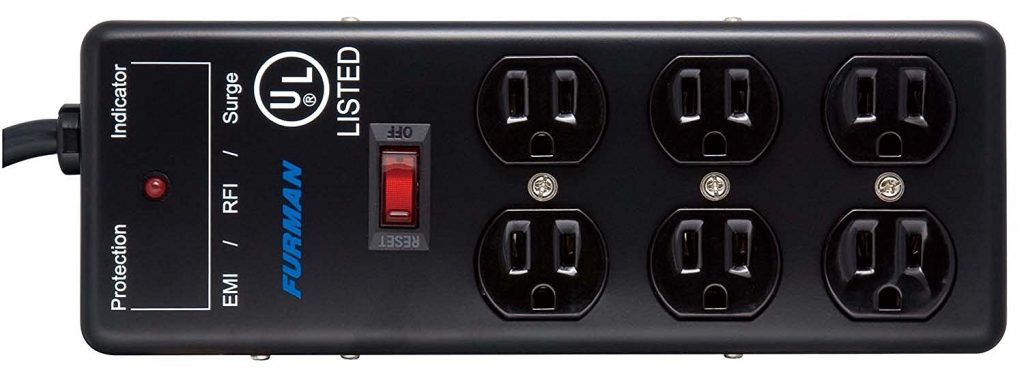During the COVID-19 pandemic, both employees and employers have found benefits to working from home. For many companies and workers, it’s more relaxing, cost-efficient, and productive. However, when in the office, employees can more easily share machinery, equipment, and tools. As such, it costs less to use these devices in an office since sharing them conserves energy.
While working from home, the same tools are used by only one employee who then has to pay for the energy to use them. Fortunately, there are several ways to minimize these costs.
Table of Contents
Unplug Devices Not in Use
It can be easy to forget just how many devices you use daily. These devices consume power even when they are on standby mode; this energy is often called phantom energy. What common habits can generate phantom power?
- Keeping the clocks running on your DVR player, stove, and microwave
- Keeping your wireless network running even when you’re offline
- Making sure your wireless printer is ready to print at any moment

Most devices are designed to be continuously plugged in, so they constantly consume energy. How much phantom energy they consume can vary by brand, settings, or design. The U.S. Department of Energy estimates that on average, devices on standby consume the following amounts of energy:
- DVRs– 30 watts
- Televisions– 45 watts
- Laptops in Sleep Mode– 55 watts
- Cable or DSL Modems– 8 watts
- Cable or Satellite TV Set-top Box– 25 to 35 watts
- Garage Door Opener– 2 to 7 watts
- Surge Protector– 5 to 6 watts
Use a Power Strip
You will need to have multiple devices nearby, such as a computer printer, scanner, phone, tablet, monitor, modem, and router in a home office. To handle all these devices, you will also need a power strip.
To save on energy costs, you can opt for a smart power strip to eliminate phantom energy consumption. These strips know when a device is on standby and cut off the power. Additionally, you can switch off all the devices using a single switch or plug.

Operate Your Thermostat Efficiently
A thermostat offers you the chance to create a comfortable working environment. It is also a costly appliance. Maintaining a comfortable environment is vital since you don’t want to work under distracting temperatures, but there are ways to create comfortable temperatures without wasting energy.
Generally, to save energy, you shouldn’t change your thermostat too often. Optimum levels differ according to location, but 78 degrees is a good target in warmer weather, and 68 degrees when it’s cooler. After that, you can wear more or fewer clothes to compensate for the difference.
Heat and Cool Your House Naturally
According to the mass save home energy services program, Using your natural environment to control temperature is another way you can reduce your energy bill. As a general rule, heating costs more than cooling, but you can save money using natural temperature control, no matter if it’s hot or cold out.
After you set your thermostat at the optimum temperature for your climate, you can raise or lower the temperature using other methods. Wear cozier clothing or use a blanket to raise your temperature. To reduce your temperature, wear lighter clothes or use a fan, but remember to switch off the fan when you leave the room.
Opening the blinds or curtains can also save you money and change the room’s ambiance as well. If you use natural light, you do not have to rely on room lights or desk lamps. The sunlight is also healthy for your body, and it can make your day brighter, both literally and figuratively. Alternatively, you can close the blinds to keep the room cool.
Infographic Provided By Energy Pricing, a leading competitor in electric rates in Pennsylvania
Find a Cost-effective Green Energy Plan
Energy is primarily a product of fossil fuels. These fossil fuels affect the environment, from air pollution to land contamination. Using less energy can be your way to reduce your carbon footprint, and a green energy plan can help you manage your carbon footprint better.
With clean energy providers for residential electricity, you can switch in whole or part to solar energy or wind power. In many cases, switching to a clean energy company won’t increase your electricity bill—it may be even lower it.

Save Energy, Save Money, Save the Planet
Due to the COVID-19 pandemic, many people are spending far more time working at home than ever before. If you’re concerned about your energy costs increasing because you now work from home, start practicing combining the strategies described above to ease the financial burden and reduce your environmental impact.
Featured Image by rawpixel.com



